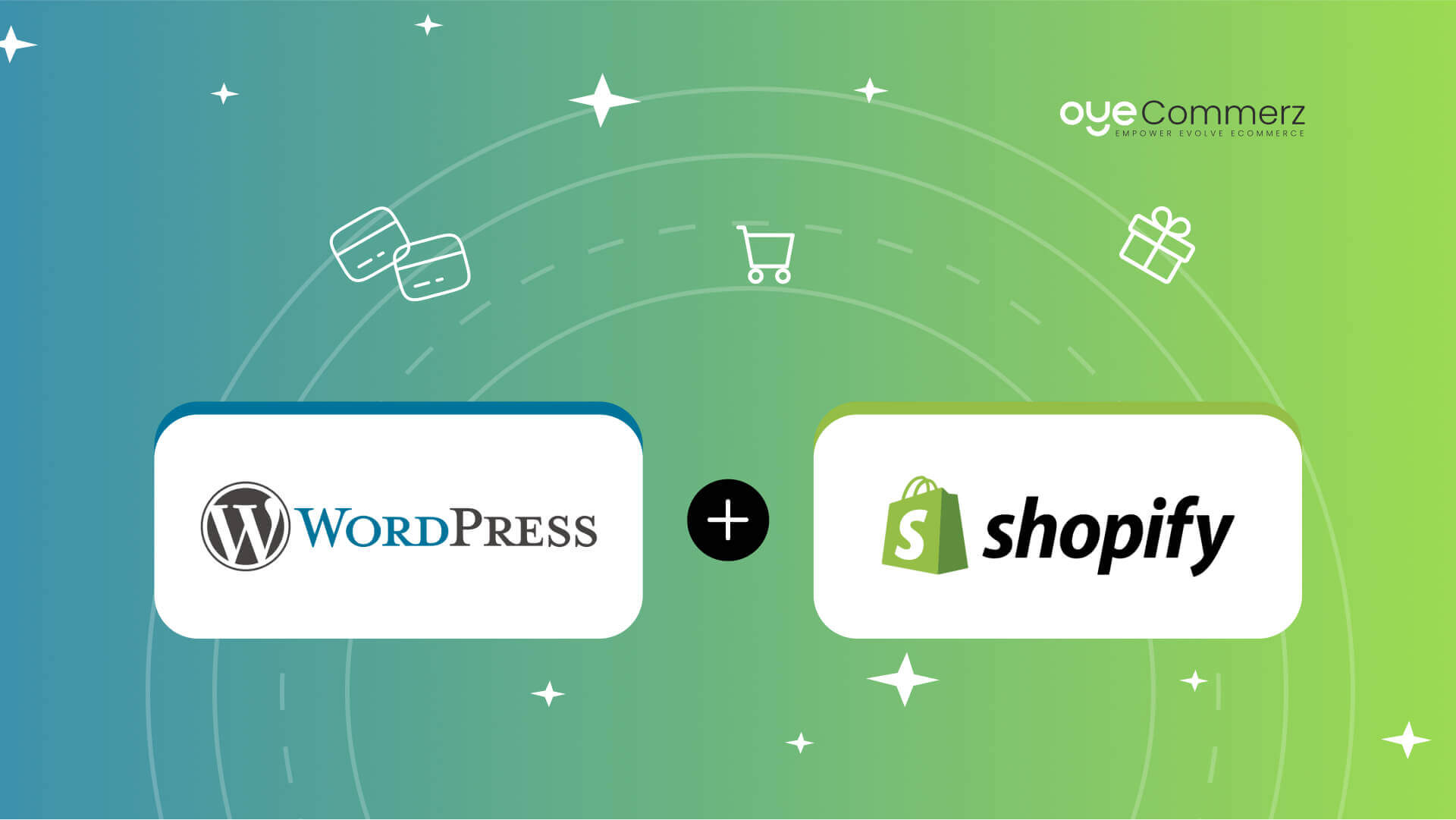Shifting from WP to Shopify is an promising step in streamlining your online store operations. As businesses expand, choosing a platform that supports scalability, user experience, and flexibility becomes crucial. Shopify has emerged as a preferred choice for online merchants, providing unmatched adaptability, security, and user-friendliness. In this guide, we’ll explore why this migration is a game-changer, highlight the benefits, and share actionable steps to facilitate a smooth transition.
1. Top Reasons to Transition from WP to Shopify
The combination of WordPress and WooCommerce, has served countless e-commerce platforms. Nevertheless, as businesses scale, challenges like reliance on plugins, security vulnerabilities, and technical complexities often obstruct growth. Shopify, specifically created for digital retail, eliminates these concerns with an all-in-one, intuitive platform. Real data back this shift—Shopify hosts over 4.4 million stores worldwide, with a documented 10% boost to sales performance for numerous merchants post-switch.
2. Shopify's Perks for Thriving Online Stores
Shopify’s powerful platform caters for expanding brands. Its notable features are:
- Seamless Customization: Shopify provides over 80 expertly crafted themes.
- Integrated Tools: Features like Shopify Payments and integrated SEO streamline operations.
- Global Reach: Multi-currency support and regional customization enable businesses to expand internationally.
Additionally, Shopify delivers an availability percentage of 99.98%, ensuring your store remains accessible.
3. Getting Ready for Your WordPress-to-Shopify Transition
Before migrating, assess your existing setup. Review product data, customer details, and search engine rankings. Resources such as Shopify’s Migration Kit or external tools can simplify this process. Create a comprehensive plan, making sure all resources—product descriptions, images, and blog content—are ready for seamless import.
4. Data Migration: A Critical Step
Data migration forms the foundation for a smooth transition. When moving from WordPress to Shopify, focus on:
- Product Information: SKU, item summaries, and groupings.
- Customer Data: Emails, purchase records, and preferences.
- Search Engine Considerations: Preserve meta tags, URLs, and forwarding paths to maintain search rankings.
Use apps like LitExtension to facilitate seamless migration while minimizing errors.
5. Tailoring Your Shopify Store to Fit Your Brand
Post-migration, personalizing your Shopify store ensures it reflects your brand. Take advantage of Shopify’s intuitive page builder to design pages effortlessly. Shopify's templates are mobile-responsive, providing a smooth UX Shopify SEO setup across platforms—a critical factor, since 74% of e-commerce traffic comes from mobile visitors.
6. Maintaining SEO During Migration
Search engine optimization is crucial for preserving your visibility during migration. Shopify is highly optimized for search engines with clean URL structures, preloaded features, and seamless blog integration. Ensure:
- Set up URL forwarding for existing links.
- Optimize new pages with targeted phrases.
- Leverage plugins like Plug in SEO to monitor performance post-migration.
7. Post-Migration Testing
After finishing the transfer, run detailed checks.
Check:- Page load times (Shopify delivers faster speeds in contrast with WordPress).
- Functionality of payment gateways and transaction flow.
- Adaptability across devices.
Testing ensures your store delivers a smooth shopping experience from day one.
8. Real-Life Success Story
An example of effective platform switching is Gymshark, a sportswear company that moved to Shopify. After the switch, the company saw a 60% increase in mobile sales and significantly lowered site downtime. This showcases the capabilities of Shopify in enhancing e-commerce growth.
9. Overcoming Common Migration Issues
Migration is not without obstacles, such as E-commerce website migration information accuracy and reconfiguring custom functionalities. However, Shopify’s extensive assistance and third-party experts simplify the process. Partnering with qualified Shopify developers helps guarantee a trouble-free transition.
10. Starting Your Journey with Shopify
Switching from WP to Shopify marks a strategic approach to e-commerce. By focusing on growth, simplifying management, and enhancing the customer experience, Shopify enables companies to thrive in challenging industries.
Final Thoughts
Transitioning from WordPress to Shopify offers a smart solution that can greatly enhance your e-commerce success. With a well-structured strategy, the right tools, and professional guidance, you can achieve new growth opportunities.
Ready to make the leap? Reach out today to learn how our Shopify migration services can revolutionize your online store. Get in touch today, or consider: Is it time to seize Shopify’s advantages for your store?

Comments on “Seamless WordPress to Shopify Migration: A Comprehensive Roadmap for E-commerce Growth”